Over 100 business and community leaders attended the 2024 Arvada Top Challenges Summit on November 13. This annual event from the Arvada Resiliency Taskforce brought together leaders, innovators, and changemakers for a day dedicated to elevating business success and collaboration across the region. The Taskforce extends a thank you to the event’s incredible speakers and panelists, as well as sponsors: Arvada Center Event Space and Equalized Productions.
Here’s a look back at the key highlights and takeaways from this inspiring and informative day!
Keynote: Colorado: Challenges and Opportunities

DJ Summers, Director of Policy & Research, Common Sense Institute
The keynote presentation by DJ Summers of the Common Sense Institute Colorado, covered key economic and social trends affecting Colorado. “This is not the Colorado economy of the 2010s, which almost ran itself,” said DJ. He highlighted a shift from high growth and prosperity to challenges like slower economic and population growth, higher crime rates, homelessness, and affordability issues.
Economic topics included Colorado’s lagging private sector growth compared to the national average, high inflation impacting household spending, and a decline in downtown Denver’s recovery, with high office vacancies and gross rental rates.
Housing issues in Colorado continue to be critical, with DJ focusing on reduced condominium development and increasing housing costs. He also discussed trends in migration, showing that Colorado is no longer a top domestic migration destination.
The presentation detailed minimum wage projections for Boulder County and Denver, which could lead to higher costs for businesses, potentially impacting employment. DJ also noted crime rates, although slightly reduced, remain high, and regulation-related costs for downtown businesses are potential challenges.
Breakout Session: Building Company Culture to Maintain Talent

Jeremy Edmonds, Vice President of People and Culture, Snooze Eatery
In this lively presentation, Jeremy Edmonds emphasized the importance of creating and nurturing company culture to retain talent. He focused on actionable strategies, storytelling, and fostering engagement. The key points include:
- Defining Culture: Differentiates between the culture a company intentionally builds and the culture that develops without attention.
- Impact of Culture on Engagement: 72% of leaders said company culture is important to the success of their business, yet 39% of American workers are fully engaged in their work.
- Measuring Engagement: When building strategies for evaluating and improving engagement within teams, seek metrics that determine if an employee will Say (speak positively about the company), Stay (see a future with company), and Strive (be motivated to exert extra effort).
- Core Elements of Culture (C5 Framework): Defines critical elements like mission, norms, systems, storytelling, and feedback loops that create a cohesive culture.
- Operational Excellence and Impact: Stresses aligning operations with culture, ensuring accountability, and fostering engagement to meet employee and customer needs effectively.
- Leadership and Love: Encourages leading with empathy and authenticity to build meaningful connections and drive positive change within teams.
The presentation underscored culture as a critical driver of engagement, retention, and overall organizational success.
Breakout Session: Master B2B Value Selling

Jay Mays, Principle, Pitch Lab Consulting & Coaching
The session focused on aligning sales teams in understanding and selling toward specific outcomes, emphasizing the importance of speaking a shared language in B2B sales. Key takeaways included:
- T-Exercise: This exercise highlighted distinguishing between “what we sell” (the outcomes) and “how we do it” (the product/service itself).
- Outcome-Oriented Selling: Participants were urged to focus on selling outcomes rather than features. An example provided contrasted selling a drill bit (feature) versus selling clutter-free organization (outcome).
- Types of Outcomes:
- Business Outcomes: Tangible metrics like revenue growth, cost savings, efficiency, and retention (both client and employee).
- Personal Outcomes: Benefits such as saving time, reducing workload, meeting personal goals, earning bonuses, or achieving department targets.
- Emotional Outcomes: Intangibles like financial security, peace of mind, and reduced anxiety. While harder to quantify, these outcomes can deeply influence purchasing decisions.
- Value vs. Outcome: The difference between an outcome and its perceived value lies in ROI (return on investment), defined as the outcome minus the price paid.
- Quantifying Outcomes: While business and personal outcomes can often be assigned a dollar value, emotional outcomes are less tangible but still crucial.
- Positioning Strategy: Products need to move from being seen as “nice-to-have” to “must-have” by emphasizing outcomes, not anxiety or fear.
- Steps for Success:
- Clearly define and understand your value.
- Uncover your value during discovery conversations with clients.
- Communicate your value effectively before discussing price.
The session underscored that effective differentiation is essential for selling value and transitioning from a “nice-to-have” to a “must-have” offering.
Breakout Session: A.I. Integration With Your Business

Toni Mays, Managing Partner, Mozman A.I. Consulting
The session highlighted that 50% of companies with over 5,000 employees have adopted AI. Key applications for AI discussed included its use for documentation, such as drafting and refining processes, playbooks, customer data summaries, and product descriptions with tools like Claude AI. AI was also viewed as a “thinking partner” to enhance strategy, including services pricing, client pitches, and value propositions. Additionally, AI-powered search tools, such as Perplexity, were recommended for deep dives into market research, consumer behavior, product research, and trend analysis.
Breakout Session: The Future of Workforce

Katie Ernest, Talent Acquisition Recruiter in Operations & Technology, NBC Universal
The session addressed trends and challenges in workforce dynamics, focusing on key demographics and shifting expectations:
- Sector Growth Trends: Growth was noted in service sectors like healthcare, government, and food and beverage, while manufacturing and other product sectors experienced slower growth.
- Earnings vs. Inflation: Hourly earnings rose by 0.4%, but inflation grew by 2.4%, with the Denver area experiencing higher rates. This highlighted the importance of considering total compensation packages, including company culture.
- Gen Z in the Workforce: As Gen Z is poised to become 30% of the workforce, understanding their priorities is crucial:
- Professional Development: Gen Z values career growth and development opportunities most highly.
- Work-Life Balance: Flexibility, hybrid/remote work options, and mental health support are top priorities, with a strong interest in gig work.
- Social Impact: Gen Z expects employers to care about environmental and social issues.
- Low Priority for Traditional Benefits: Employer brand, prestige, and some traditional benefits are less significant to Gen Z.
- Employer Challenges: There is often a mismatch between employers’ offerings and Gen Z expectations, leading to conflicts during the hiring process.
- Misaligned expectations about on-site work and flexibility are a key pain point.
- Layoffs are perceived negatively, regardless of context (e.g., COVID-related).
- Employers should avoid rigidly adhering to 100% job requirement fulfillment and focus on what can be learned or trained for.
- Enhancing Employer Appeal:
- Implementing low-cost or no-cost strategies to support Gen Z priorities, such as flexible scheduling or development programs.
- Employee Value Proposition (EVP): Businesses should clearly define and communicate unique benefits and rewards to retain talent. A strong EVP should be integrated into job descriptions and understood by all hiring team members, with concrete examples to illustrate its value.
This session emphasized adapting to changing workforce needs to effectively attract, engage, and retain diverse talent, especially among Gen Z workers.
Lunch and Panel Discussion: Lessons of Stability in Uncertain Times

Kate Bailey, Founder & CEO, TARRA
In the lunch presentation, Kate Bailey outlined the history and current state of entrepreneurship in Colorado, highlighting significant economic eras and influential entrepreneurs from the 1800s through today. She emphasized how historical events like the gold rush, the silver boom, and the transition to diverse industries shaped Colorado’s economy.
Bailey described the modern entrepreneurial landscape, noting that Denver is a top startup region, and 99.5% of Colorado businesses are small. Key challenges include rising living costs, competition for talent, funding access, and the impact of AI. Opportunities lie in market size, industry diversity, a collaborative business community, and supportive resources. Success, Bailey argues, requires curiosity, courage, commitment, and community.
A small business panel then followed featuring Holly Martinez (owner, Benny Blanco’s Pizza), Erica Valenzuela (owner, E*Motion Fitness), and Chris Hill (owner, Odyssey Beerwerks). The panelists shared unique challenges they each overcame in their business and agreed on the biggest opportunity to grow their business: collaborating with other entrepreneurs and industry partners.
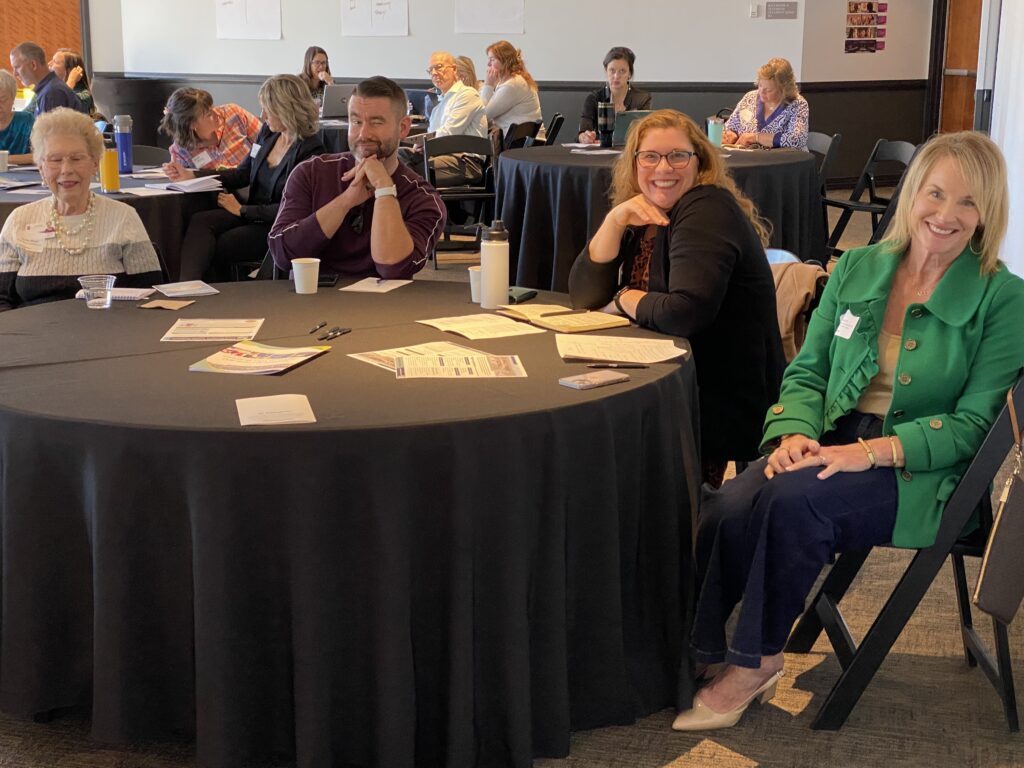


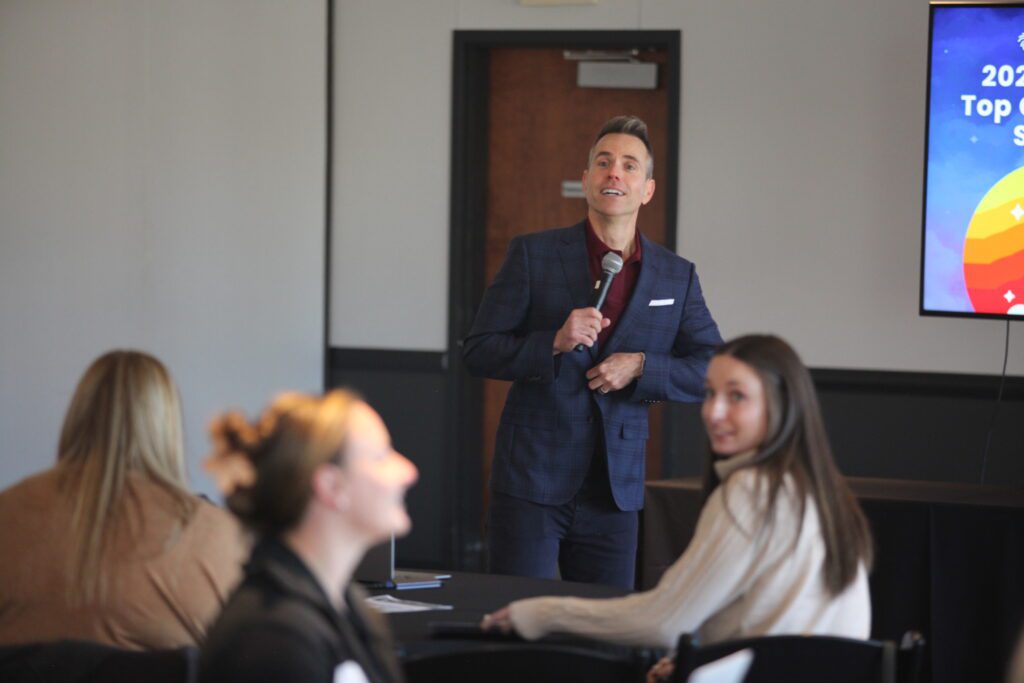
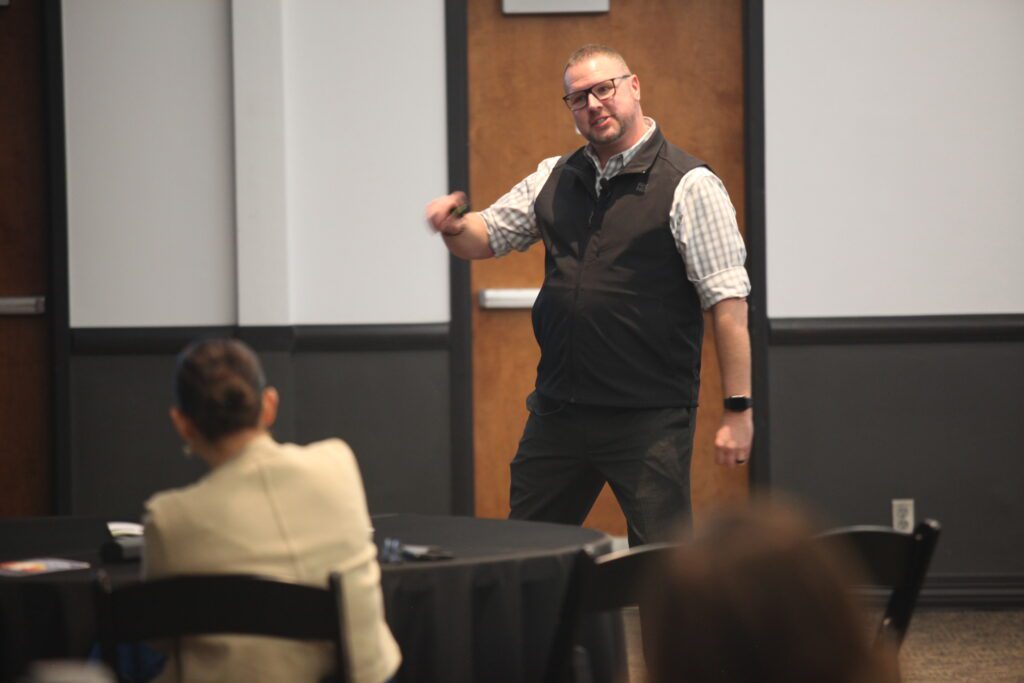


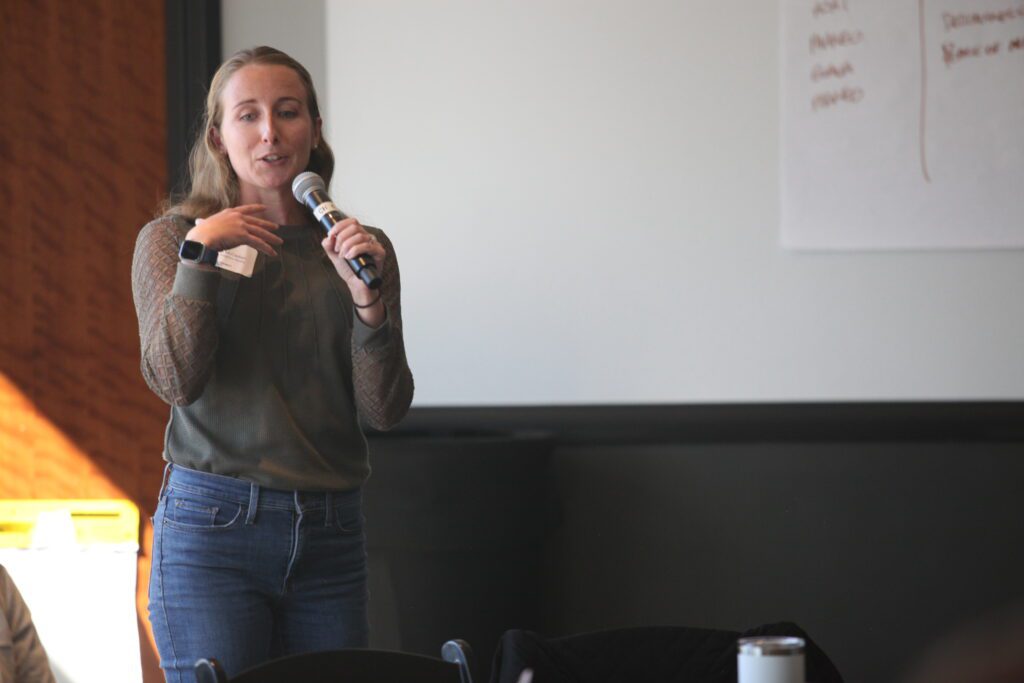



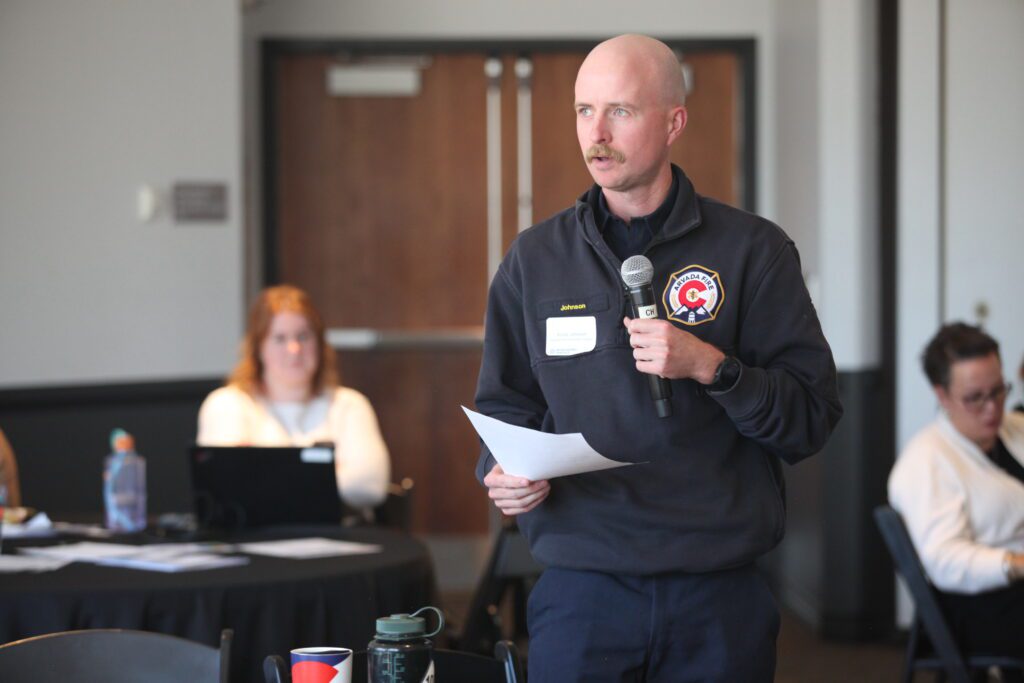









0 Comments